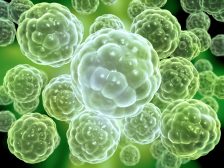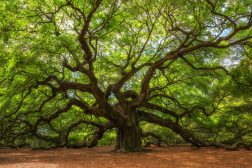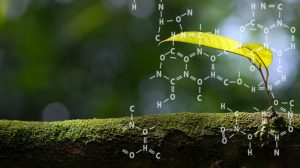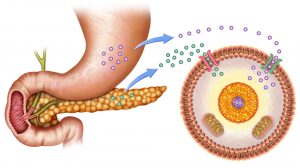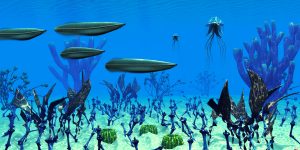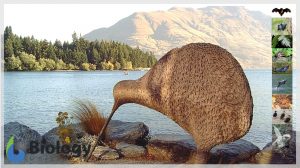Definition
noun, plural: opisthomastigotes
(protistology) The developmental stage or the morphological form in the lifecycle of trypanosomatids characterized by the presence of a flagellum located posterior of the nucleus, and passing through a groove in the cell body
Supplement
All trypanosomatids of the family Trypanosomatidae are regarded as parasitic and their distinctive feature is possessing a single flagellum arising from a kinetosome near which is located a kinetoplast.1 Trypanosomatids have different developmental stages or definitive forms. Members of this family have more than one form or undergo different developmental stages in their lifecycle. These are the amastigote, promastigote, epimastigote, trypomastigote, opisthomastigote, and choanomastigote.
The opisthomastigote is considered as an uncommon morphology or developmental stage. It is characterized by a cell form with a flagellum located posterior of the nucleus. This is different from the other forms with flagellum such as the promastigote, the epimastigote, and the trypomastigote. Compared to the other three forms with flagellum that is located anterior of the nucleus, the opisthomastigote form has a flagellum located posterior of the nucleus. Apart from it, the flagellum of the opisthomastigote is passing through a groove in the cell body. This form is observed in the members of the genus Herpetomonas.
Word origin: Greek ópisthen (behind, at the back) + Greek –mastig (whip)
Synonym(s):
- herpetomonad (stage)
Compare:
See also:
- trypanosomatid
- life cycle
- flagellum
- kinetoplast
Reference(s):
1 Cheng, T. (1986). General Parasitology. Burlington: Elsevier Science.

